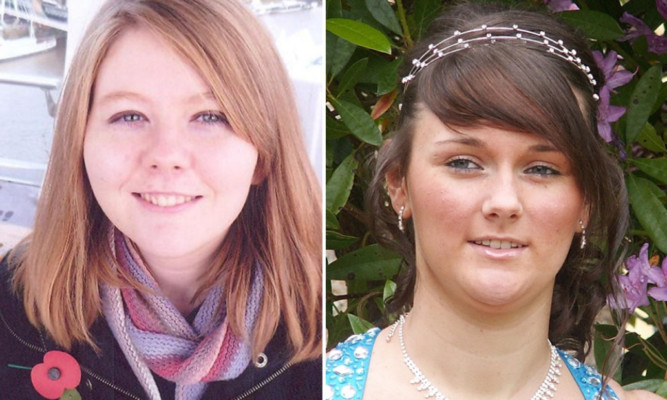The families of two students killed by a driver who failed to disclose a history of blackouts are said to have made an “extensive complaint” to the Crown Office about its handling of the case.
Friends Laura Stewart, 20, and Mhairi Convy, 18, were walking in Glasgow’s North Hanover Street on December 17, 2010 when a Range Rover apparently lost control, mounted the kerb and hit them.
Driver William Payne, who was 50 at the time of the crash, was accused of causing death by driving while uninsured, but charges against him were later dropped.
A fatal accident inquiry (FAI) into the deaths heard that in the three years before the crash, Mr Payne had suffered six blackouts.
Miss Stewart’s aunt Catherine Cairney said she believes lives could have been saved if the Crown had “done the job it should have done”.
She was speaking as an FAI continues into the deaths of six people when a bin lorry went out of control in Glasgow city centre last December.
The driver of the vehicle, Glasgow City Council worker Harry Clarke, failed to disclose details of his medical history on several occasions. The inquiry has heard he has suffered health issues such as fainting and dizziness dating back to the 1970s, including fainting at the wheel of a stationary bus in April 2010.
Ms Cairney told the Herald newspaper: “Our girls were killed in 2010 when the driver of the bin lorry was applying for his job with the council.
“What we feel is that if the Crown had done the job it should have, surely that would have sent a warning to other drivers they can’t lie and get away with it and would make them think twice about doing it. We firmly believe that could have saved lives.
“Now four-and-a-half years later, after all that we’ve been through, to watch these families go through the same thing is heart-breaking.”
The inquiry into the deaths of Miss Stewart and Miss Convy found that five “reasonable precautions” could have prevented the fatal accident, which happened when Mr Payne suffered a “vasovagal episode” and temporarily lost consciousness at the wheel.
These included for Mr Payne to have notified the Driver and Vehicle Licensing Agency (DVLA) about his blackouts after a loss of consciousness on June 5 2009, and for him to have attended the appointment made for him with a consultant at a hospital on September 17 that year for further examination about blackouts.
Another step would have been for him to have disclosed “accurate and complete information” about his history of blackouts at a medical examination on July 2, 2010 in connection with an application for renewal of his Group 2 (HGV) driving licence.
A Crown Office spokesman said Solicitor General Lesley Thomson QC met both families last month and had agreed to consider all the issues they raised with her.
“That process is under way and will result in a further meeting between the Solicitor General and the families once it has concluded,” the spokesman said.
“There will no further comment on this matter until that meeting has taken place.”
